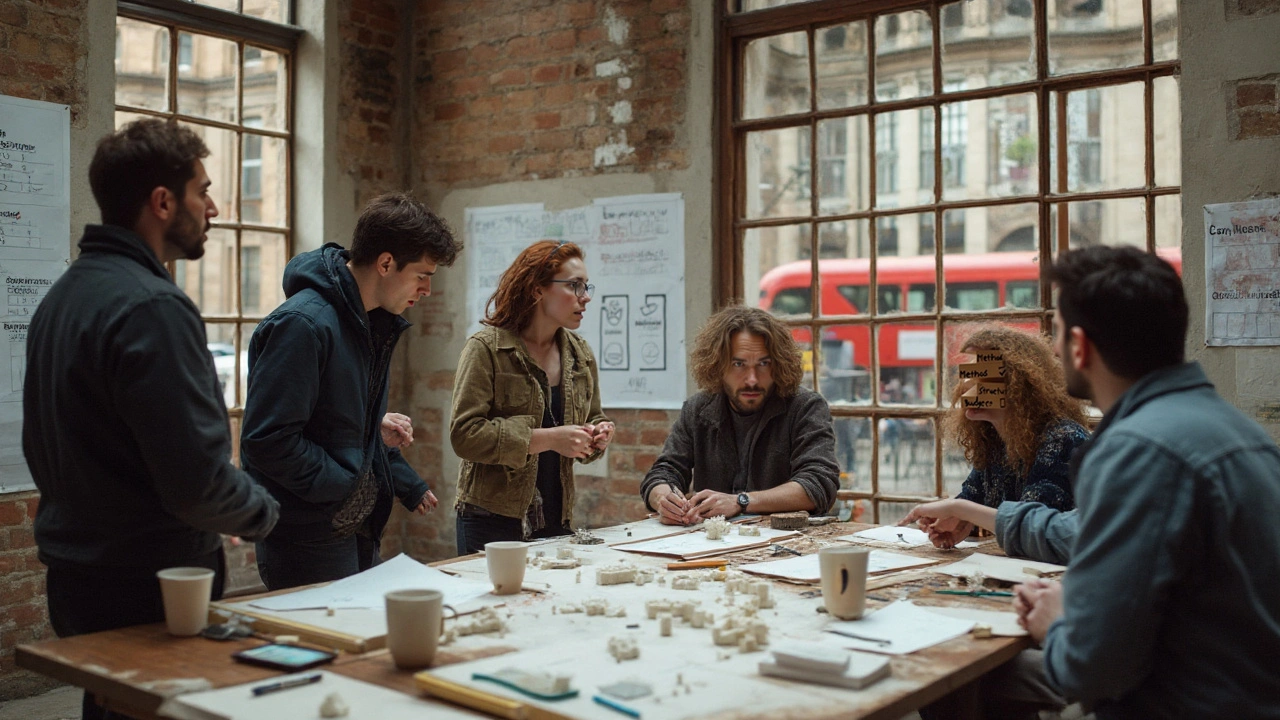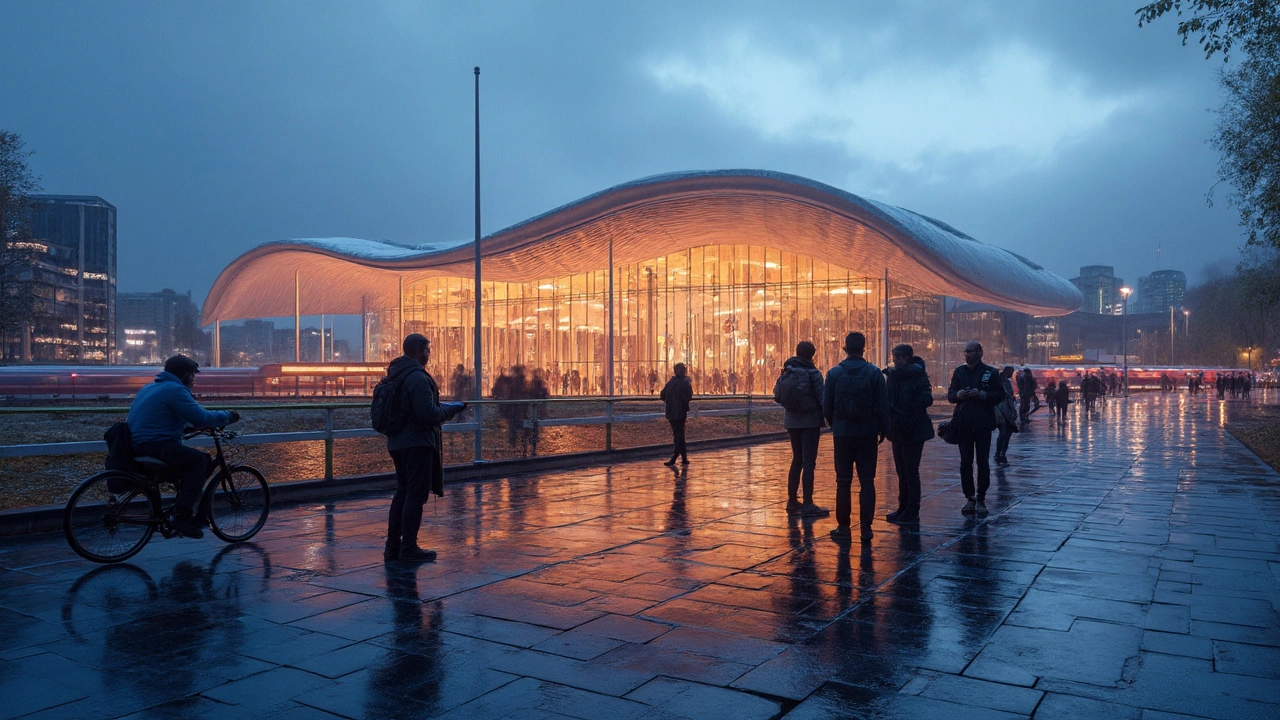Parametric Design: The Smart Way Architects Build Today
If you’ve ever wondered why some new buildings look like they were drawn by a computer, you’re looking at parametric design. It’s basically using math and code to make shapes that can change on the fly. Instead of drawing every line by hand, designers set rules – like "if the sun is low, make the shade deeper" – and let the software do the rest.
Why Designers Love It
The biggest win is flexibility. Want a façade that adapts to wind loads? A parametric model can test thousands of options in minutes. That means less guesswork and fewer costly changes later on. Plus, it helps with sustainability – you can tweak thickness or material use until the building uses the least energy possible.
Getting Started With Simple Tools
You don’t need a PhD to try parametric design. Programs like Grasshopper for Rhino let you drag‑and‑drop nodes that represent math functions. Start with something easy: set a rule that window size grows as the floor level rises. Play around, see how the model updates instantly – that’s the magic of parameters in action.
When you’re comfortable, you can add more data – climate stats, material costs, even social factors like foot traffic. The model then spits out a design that balances all those inputs. It’s like having an extra brain that crunches numbers while you focus on the big picture.
Real‑world projects show how powerful this is. Think of the “Living Wall” in Dubai – its pattern changes based on sunlight, keeping the interior cool without heavy air‑conditioning. Or the 3D‑printed pavilion in Berlin, where each panel was generated by a parametric script to fit perfectly together.
Even if you’re not an architect, understanding parametric design helps you spot trends in city skylines and tech‑driven construction. It’s also a great skill for anyone interested in digital fabrication, product design, or urban planning.
So next time you see a building that looks like it grew organically from code, remember: behind the cool shape is a set of simple rules that designers wrote once, then let the computer handle the rest.

Pushing the Envelope with Deconstructivism: Design, Structure, and Cost
A clear, practical guide to pushing deconstructivism beyond sculpture-covering design methods, structure, budget, and buildability, with examples and checklists.
Read more
What Is Neo‑Futurism? Principles, Examples, and a Practical Design Guide for 2025
Clear guide to Neo-Futurism in 2025: core principles, real examples, actionable steps, metrics, and a checklist for architects, planners, and curious readers.
Read more